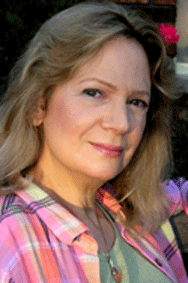I have a bone to pick with the concept of “best books of the year” lists.
To begin with, there is no concurrence about what books comprise the top 10 in any category. Books get rated in many ways, including by sales, by genre and by critical review.
Booksellers such as Amazon and Barnes & Noble issue their lists based on their own sales data. The established arbiters of literary achievement, such varied media as the New York Times, NPR and Forbes, present their own critics’ annual list for your consideration. Some websites will offer their readers’ top ten favorites based on online votes. Some lists are specific to a genre while others embrace all genres. The Daily Beast aggregated 40 major lists to offer “a ranked ultimate guide” based on critics’ lists – a list from lists.
Regardless of which lists are consulted, rankings of “the top books of the year” help guide readers to books that have achieved recognition for a variety of reasons. All well and good as far as that goes.
Here’s my issue: these widely publicized lists routinely omit self-published books and almost all books published by small presses. The lists are dominated by the few big traditional publishing houses with hefty promotional budgets and access to booksellers’ coveted store positions. Meanwhile, many thousands of fantastic self-published and small press- published books remain in obscurity. The authors who write those marvelous works are denied the financial support they need to continue producing quality books while booklovers are denied the treasures these books offer.
As you peruse the various lists of “Best Books of the Year”, remember that there is more than meets the eye. Much more. Certainly, you should consider reading some of the books on those coveted lists. But don’t cheat yourself of the rewards of great self-published and indie books. You’ll find some of them (along with more traditionally published books) at the Book●ed website. That’s a good start.
Another excellent source worth checking is the list of Indie Book Award winners (you’ll find Echoes of Earth on their award list; a book excerpt and interview with author L. Sue Baugh can be found at Book●ed). A third source for finding independently published gems is the Independent Publishers IPPY Awards list.
A note of interest: some bestselling books started out as self-published works before they were picked up by traditional publishers. Titles you might recognize include The Joy of Cooking; The Tales of Peter Rabbit; The Celestine Prophecy; John Grisham’s first book, A Time to Kill and Tell My Sons (you’ll find a book excerpt and interview with co-author David Murray at Book●ed).

